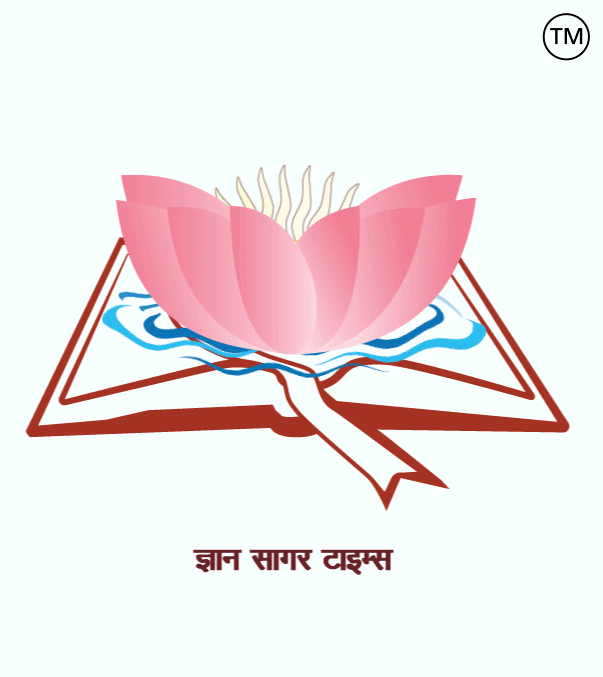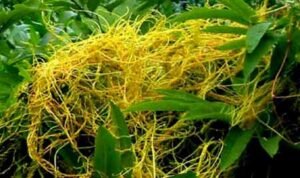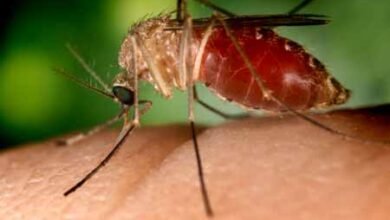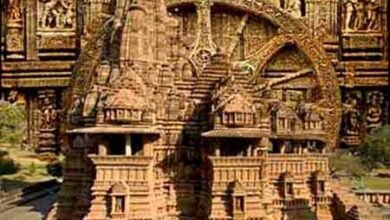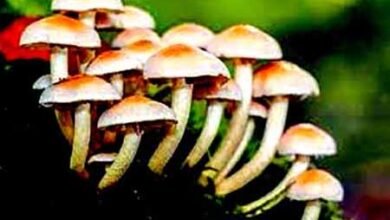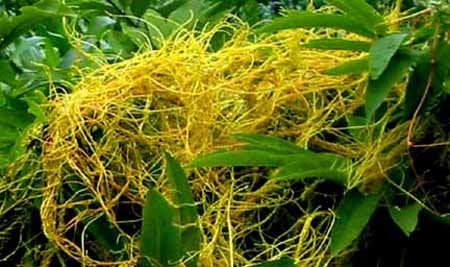
Related to botany – 195.
|
1. Who gave the theory of mutation? = Hugo de Vries. 2. Who is the propounded of the binomial system? = Carolus Linnaeus. 3. What is important in seed germination? = Water, proper temperature and oxygen. 4. In the process of photosynthesis, light energy is converted into which energy? = Chemical energy. 5. What is required for photosynthesis? = Sunlight, water, Carbon dioxide and chloroplast. 6. When does photosynthesis take place? = During the day and night. 7. Which gas is released by green plants during photosynthesis? = Oxygen. 8. What is the source of oxygen produced during photosynthesis? = Water (H2O). 9. Which part of the plant performs respiration? = It is done through leaves, roots and stems. 10. How is onion cultivation done? = By transplanting the plant. 11. The world’s oldest plant is? = Methuselah tree. 12. The world’s largest flower is? = Rafflesia arnoldii. 13. From which fungus is the enzyme called diastase obtained? = Aspergillus oryzae. 14. Agroforestry is? = Planting woody perennial trees on the same land along with agriculture. 15. The branch of botany that gives information about heredity and variation is called? = Plant Genetics. 16. On an industrial scale, penicillin is obtained from? = Obtained by fermentation of the fungus Penicillium chrysogenum. 17. Inulin is found in? = Roots of Dahlias. 18. Stilt root is found in? = Maize, Sugarcane, and Bamboo. 19. Cereal plants belong to which family? = They belong to the Poaceae family, which was earlier known as the Graminae family. 20. Oil seed crops belong to which family? = Cruciferae or Brassicaceae family. 21. Which tree requires the most amount of water for its growth? = Eucalyptus. 22. Roots have positive geotropism? = Mostly. 23. The number of stomata is reduced and they are sunken? = xerophytes. 24. What is an exception to Mendel’s laws? = Linkage. 25. The outermost covering of plant cells? = cell wall. 26. The basic unit of classification is? = Species. 27. Litmus is obtained from? = From a plant called lichen. 28. Cinnamon is obtained from which part of the tree? = From the inner bark. 29. Water is transported in plants? = Through vascular tissue called xylem. 30. The water available to the roots of plants in the soil is? = Capillary water. 31. Transpiration occurs? = It is a process in plants in which water is released from the leaves of the plant into the atmosphere in the form of vapour.
Dr. (Pro.) Amrendra Kumar. ========== ========= =========== वनस्पति विज्ञान से संबंधित-195. 1. उत्परिवर्तन का सिद्धांत किसने दिया था? = ह्यूगो डी व्रीस. 2. द्विनाम पद्धति के प्रतिपादक हैं? = कैरोलस लिनियस. 3. बीज के अंकुरण में क्या महत्वपूर्ण होता है? = पानी, तापमान और ऑक्सीजन. 4. प्रकाश संश्लेषण की क्रिया में प्रकाश ऊर्जा , किस उर्जा में परिवर्तित होती है? = रासायनिक ऊर्जा. 5. प्रकाश संश्लेषण की क्रिया में क्या क्या आवश्यक है? = सूरज की रोशनी, पानी, कार्बन डाइऑक्साइड और क्लोरोप्लास्ट. 6. प्रकाश संश्लेषण की क्रिया कब होती है? = दिन के समय और रात में भी. 7. प्रकाश संश्लेषण में हरे पौधों द्धारा कौन-सी गैस छोड़े जाती है? = ऑक्सीजन. 8. प्रकाश संश्लेषण के दौरान पैदा होने वाली ऑक्सीजन का स्रोत क्या है? = पानी (H2O). 9. पौधे का कौन-सा भाग श्वसन क्रिया करता है? = पत्तियों, जड़ों और तनों द्वारा की जाती है. 10. प्याज की खेती कैसे की जाती है? = पौधा प्रतिरापण करके. 11. विश्व का सबसे अधिक उम्र वाला पौधा है? = मेथुसेलह वृक्ष. 12. विश्व का सबसे बड़ा फूल है? = रैफलेसिया अर्नोल्डी (Rafflesia arnoldii). 13. किस कवक से डायस्टेज नामक एन्जाइम प्राप्त होता है? = एस्परगिलस ओरिजा (Aspergillus oryzae). 14. एग्रोफोरस्ट्री (Agroforestry) है? = कृषि के साथ-साथ उसी भूमि पर काष्ठीय बारहमासी वृक्ष लगाना. 15. आनुवंशिकता एवं विभिन्नता के बारे में जानकारी देने वाली वनस्पति विज्ञान की शाखा को कहते हैं? = पादप आनुवंशिकी (Plant Genetics) या वनस्पति आनुवंशिकी. 16. औद्योगिक स्तर पर पेनीसिलिन प्राप्त किससे किया जाता है? = कवक पेनीसिलियम क्राइसोजेनम के किण्वन द्वारा प्राप्त की जाती है. 17. इन्यूलिन क्रिस्टन पाये जाते है? = डहेलिया की जड़ों से. 18. अवस्तम्भ मूल (Still root) पायी जाती है? = मक्का, गन्ना, और बांस. 19. अनाज वाले पौधे किस कुल से सम्बन्धित है? = पोएसी (Poaceae) कुल से संबंधित हैं, जिसे पहले ग्रैमिनी (Gramineae) कुल के रूप में जाना जाता था. 20. तेल बीज (Oil seeds) वाली फसल किस कुल से सम्बन्धित होती है? = क्रूसीफेरी (Cruciferae) या ब्रैसिसेकी (Brassicaceae) कुल. 21. किस पेड़ को अपनी वृद्धि के लिए सर्वाधिक मात्रा में जल की आवश्यकता होती है? = यूकेलिप्टस (Eucalyptus). 22. जड़ें धनात्मक भूम्यानुवर्तन (Positive Geotropism) होती हैं? = अधिकांश. 23. रन्ध्रों की संख्या न्यूनीकृत होती है तथा ये धंसे होते हैं? = मरुद्भिदों. 24. मेण्डल के नियमों का एक अपवाद है? = सहलग्नता (linkage). 25. पादप कोशिकाओं का सबसे बाहरी आवरण को? = कोशिका भित्ति (cell wall). 26. वर्गीकरण की आधारीय इकाई है? = प्रजाति (Species). 27. लिटमस प्राप्त होता है? = लाइकेन (lichen) नामक पौधे से. 28. दालचीनी पेड़ के किस भाग से प्राप्त की जाती है? = भीतरी छाल से. 29. पौधों में जल का परिवहन किसके द्वारा होता है? = जाइलम नामक संवहनी ऊतक द्वारा होता है. 30. भूमि में पौधों की जड़ों के लिए उपलब्ध जल होता है? = केशिका जल. 31. वाष्पोत्सर्जन होता है? = पौधों में होने वाली एक प्रक्रिया है जिसमें पौधों की पत्तियों से पानी वाष्प के रूप में वायुमंडल में निकलता है. डॉ. ( प्रो. ) अमरेंद्र कुमार.
|

